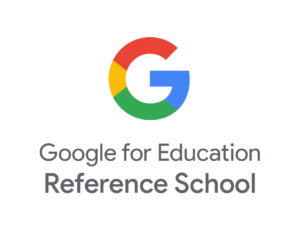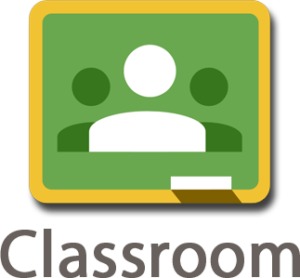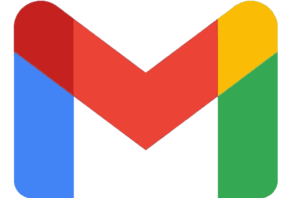Google Reference School
Status as a Google School
St. Mary’s Secondary School in Charleville, Co. Cork, has fully embraced Google Education Plus, transforming teaching and learning. Since 2014, we have evolved from initial pilot programs to a school-wide digital environment. Today, every student and teacher uses Google Classroom, Docs, Slides, Drive, and Meet. The school uses Google Sites for communication and resources. Chromebooks are widely used, and a BYOD policy is in place. The adoption of these tools has led to enhanced communication, increased accessibility for learners, personalised learning opportunities, and streamlined organisation. St. Mary’s actively shares its experiences with other schools, showcasing the impact of Education Plus. Staff are extensively trained in Google tools, and students receive Digital Media Literacy instruction to build digital skills. We’ve emphasised Notebook LM for AEN resources and Google Meet for EAL translations. The entire school community is dedicated to ongoing improvement in digital tools to optimise learning and teaching.
You can read the full story of this journey below.

Online Learning - Supports, Resources, and Reports
As a Google school, all online learning will take place using the GSuite/ Google Workspace platform. To the side are links to Google Meet, Gmail, and Google Classroom for your convenience. You should access your school email using your @stmaryscharleville.org address.
NextGenerationEU Funding
“This school received a grant in 2021 to implement initiatives aimed at addressing the digital divide and support our learners at risk of educational disadvantage as a consequence, as part of the Irish National Recovery and Resilience Plan (NRRP) a project under the Recovery and Resilience Facility funded by the European Union through the following initiatives:


